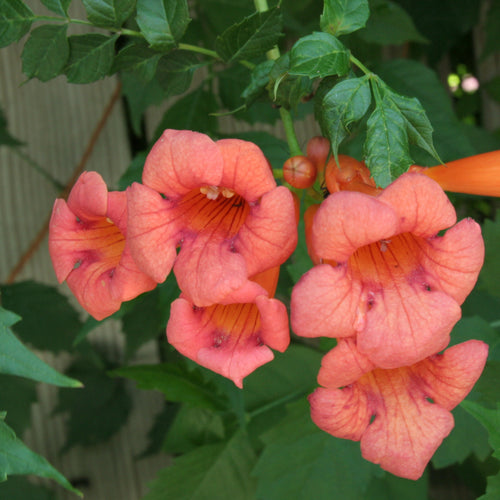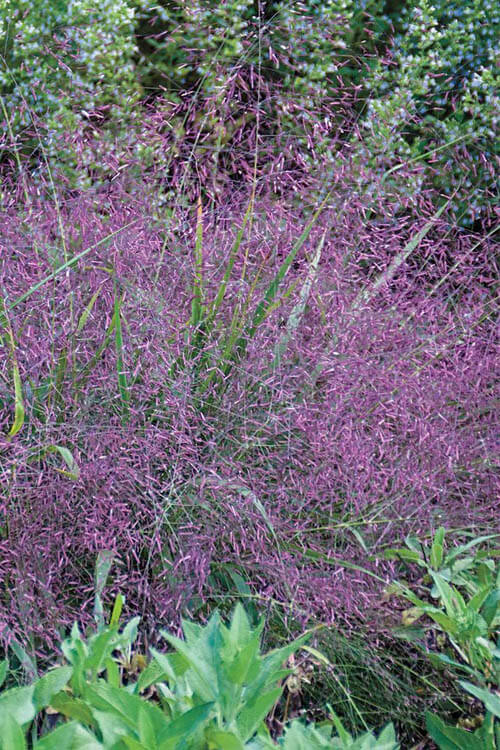Urbanization is an undeniable global trend, with more than half the world's population residing in urban areas. As cities expand, green spaces become increasingly scarce. However, urban gardening has emerged as a robust response to this dilemma, offering many benefits to individuals, communities, and the environment. In this exploration of urban gardening, we will delve into its origins, various forms, ecological advantages, social impacts, and practical tips for establishing and nurturing green oases within the urban jungle.
Origins and Evolution of Urban Gardening
Urban gardening is not a recent innovation; it has a long and varied history dating back centuries. Urban gardens have existed in different forms across civilizations and continents. The Hanging Gardens of Babylon is an early testament to humanity's desire to incorporate greenery into urban environments. Throughout history, various cultures have cultivated gardens for sustenance, aesthetics, and spiritual significance within the confines of bustling cities.
In the modern context, urban gardening has evolved to address contemporary challenges, including food security, environmental degradation, and the need for community cohesion. The rise of industrialization and urbanization in the 19th century led to a disconnect between people and the land, prompting the urban gardening movement as a means to reconnect with nature and promote self-sufficiency. Today, this movement has taken on new dimensions as urban dwellers seek to adapt to the demands of an ever-growing and changing urban landscape.
Forms of Urban Gardening
Urban gardening encompasses a wide range of practices and forms, each tailored to the unique constraints and opportunities of urban living. Some of the most common conditions include:
Community Gardens: These are shared gardening spaces where individuals or families can cultivate their plots. Community gardens foster a sense of belonging, provide access to fresh produce, and serve as educational hubs.
Rooftop Gardens: Utilizing unused rooftop spaces for gardening not only adds greenery but also helps insulate buildings, reducing energy consumption. Rooftop gardens are trendy in densely populated cities with limited ground space.
Balcony and Container Gardening: Even the smallest urban spaces can support gardening. Balcony and container gardening involves growing plants in pots and containers, making them accessible to apartment dwellers and those with limited outdoor space.
Vertical Gardens: Vertical gardening involves growing plants on walls or trellises, maximizing the use of vertical space. This method is especially appealing in areas with minimal ground space.
Urban Farms: These are larger-scale operations that produce food for local communities within urban areas. Urban farms contribute to food security, reduce food miles, and promote sustainable agriculture.
Guerrilla Gardening: Guerrilla gardeners covertly transform neglected public spaces by planting flowers, vegetables, or other greenery. This form of activism aims to beautify and reclaim urban areas.
Ecological Benefits of Urban Gardening
Urban gardening offers many ecological advantages, contributing to the overall health and sustainability of urban environments.
Improved Air Quality: Plants naturally filter pollutants from the air, helping to reduce air pollution in cities. Increased vegetation in urban areas can lead to cleaner, fresher air for residents.
Biodiversity Conservation: Urban gardens can act as refuges for native plants and wildlife, promoting biodiversity in otherwise heavily built environments. They supply important habitats and food sources for pollinators and other urban-adapted species.
Stormwater Management: Green roofs and permeable surfaces in urban gardens help absorb rainwater, reducing the risk of flooding and preventing excess water from overwhelming stormwater systems.
Carbon Sequestration: Plants capture and store carbon dioxide, mitigating the effects of climate change. Urban gardens play a role in sequestering carbon and promoting a more sustainable urban ecosystem.
Soil Improvement: Gardening practices, such as composting and mulching, enrich and enhance soil quality, making it more fertile and capable of supporting plant life.
Social Impacts of Urban Gardening
Beyond ecological benefits, urban gardening has profound social impacts that foster community engagement and well-being.
Community Building: Community gardens, in particular, create spaces for people to connect, share knowledge, and build a sense of belonging. They strengthen social bonds and develop a sense of ownership among participants.
Education and Skill Development: Urban gardening offers valuable opportunities for learning about agriculture, horticulture, and sustainability. It teaches essential life skills, including food production, resource management, and problem-solving.
Improved Mental Health: Gardening has been confirmed to relieve stress, anxiety, and depression. Tending to plants and spending time in green spaces has a calming and therapeutic effect on individuals.
Access to Fresh, Local Produce: Urban gardening provides access to fresh, locally grown produce, addressing food insecurity and promoting healthier eating habits.
Cultural Exchange: In diverse urban settings, urban gardening can act as a venue for cultural exchange and sharing gardening traditions from around the world.
Youth Engagement: Urban gardening programs offer opportunities for education, mentorship, and positive recreational activities. They can help instill a sense of responsibility and environmental stewardship in the younger generation.
Practical Tips for Urban Gardening
Starting an urban garden can be rewarding but comes with challenges. Here are some practical tips to help you get started and thrive in your urban gardening journey:
Assess Your Space: Determine the available space and its characteristics—a balcony, rooftop, small yard, or community garden plot. Consider factors like sunlight, shade, and wind exposure.
Choose the Right Plants: Select plants well-suited to your space and local climate. Pay attention to factors like water requirements, space constraints, and the length of your growing season.
Container Selection: If space is limited, opt for containers or raised beds. Ensure containers have proper drainage and are the appropriate size for your chosen plants.
Soil Quality: Invest in good-quality soil or compost to give your plants nutrients. Regularly amend and improve your soil to keep it fertile.
Watering: Be mindful of water conservation. Use efficient watering techniques, such as drip irrigation or soaker hoses, and collect rainwater when possible.
Pest and Disease Management: Watch for common urban garden pests and diseases. Practice integrated pest management (I.P.M.) techniques, such as guide planting and biological controls, to minimize the use of pesticides.
Composting: Start a composting system to reclaim scraps and garden rubbish into rich compost for your plants.
Community Involvement: If you're participating in a community garden, engage with fellow gardeners, attend meetings, and contribute to the communal effort. Cooperation and collaboration are critical to a thriving community garden.
Regular Maintenance: Consistent care and maintenance are essential. Water, prune, and fertilize your plants as needed. Regular weeding will help keep your garden tidy.
Record Keeping: Maintain a gardening journal to track planting dates, varieties, and successes or challenges. This will help you learn and improve over time.
Continual Learning: Stay curious and open to learning from fellow gardeners, books, online resources, and gardening classes. Gardening is a lifelong journey of discovery.
Conclusion: Growing Green in the City
Urban gardening is better than just a hobby; it is a transformative force that rejuvenates concrete landscapes, nurtures communities, and contributes to the overall well-being of urban residents. As cities continue to grow, the importance of urban gardening in mitigating environmental issues, promoting sustainability, and fostering social connections cannot be overstated.
Whether you are a novice gardener with a small balcony or an experienced enthusiast managing a community garden plot, urban gardening offers a unique opportunity to connect with nature and create pockets of greenery within the urban sprawl. As we look to the future of our cities, embracing urban gardening is not just a choice; it is a vital step toward building greener, healthier, and more vibrant urban spaces for generations to come.



















































